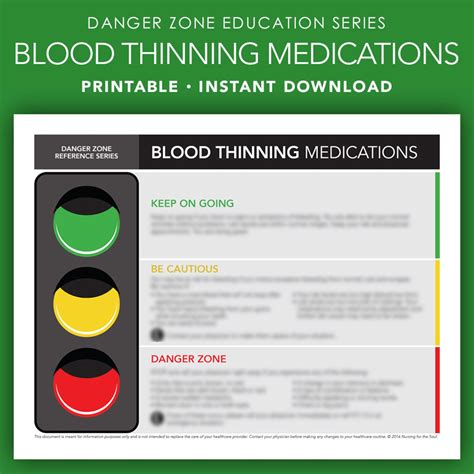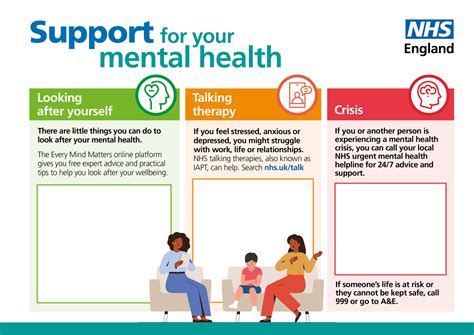Blood thinners, also known as anticoagulants, are medications that prevent the formation of blood clots. They are commonly prescribed to patients who are at risk of developing blood clots, which can lead to serious health complications such as stroke, heart attack, and pulmonary embolism. However, blood thinners can also increase the risk of bleeding, which can be life-threatening. Therefore, it is essential to understand how to safely manage these medications.
Understanding Blood Thinners
There are several types of blood thinners, including:
- Warfarin: a vitamin K antagonist that works by blocking the production of vitamin K-dependent clotting factors in the liver.
- Novel Oral Anticoagulants (NOACs): a class of medications that work by inhibiting specific clotting factors, such as factor Xa or thrombin.
- Heparin: an anticoagulant that works by activating antithrombin, a protein that inhibits clotting factors.
- Aspirin: an antiplatelet agent that works by preventing platelets from aggregating and forming blood clots.
Each type of blood thinner has its own unique mechanism of action, benefits, and risks. It is essential to understand how each medication works and how to manage them safely.
Safe Medication Management
To safely manage blood thinners, patients should:
- Take their medication exactly as prescribed: blood thinners should be taken at the same time every day, and patients should not miss any doses or take extra doses without consulting their doctor.
- Monitor their blood work regularly: patients on blood thinners need to have regular blood tests to check their clotting factors and adjust their medication as needed.
- Be aware of potential interactions: blood thinners can interact with other medications, such as antibiotics, anti-inflammatory medications, and herbal supplements, which can increase the risk of bleeding.
- Avoid excessive alcohol consumption: excessive alcohol consumption can increase the risk of bleeding while taking blood thinners.
- Inform their doctor about any changes in their medical condition: patients should inform their doctor about any changes in their medical condition, such as a new diagnosis or a change in their kidney or liver function.
Potential Risks and Complications
While blood thinners can be effective in preventing blood clots, they can also increase the risk of bleeding. Some potential risks and complications of blood thinners include:
- Bleeding: blood thinners can increase the risk of bleeding, which can be life-threatening.
- Stroke: while blood thinners can reduce the risk of stroke, they can also increase the risk of hemorrhagic stroke, which is caused by bleeding in the brain.
- Kidney damage: some blood thinners, such as warfarin, can cause kidney damage if not monitored properly.
- Osteoporosis: long-term use of warfarin can increase the risk of osteoporosis.
Real-World Applications
Blood thinners are commonly used in a variety of medical situations, including:
- Atrial fibrillation: a condition in which the heart beats irregularly, increasing the risk of blood clots.
- Deep vein thrombosis: a condition in which blood clots form in the deep veins of the legs.
- Pulmonary embolism: a condition in which blood clots form in the lungs.
- Heart valve replacement: patients who have had heart valve replacement surgery may need to take blood thinners to prevent blood clots from forming on the new valve.
Future Trends in Blood Thinner Management
The management of blood thinners is constantly evolving, with new medications and technologies being developed to improve safety and efficacy. Some future trends in blood thinner management include:
- Personalized medicine: the use of genetic testing and other technologies to tailor blood thinner therapy to an individual’s unique needs.
- Point-of-care testing: the use of portable devices to monitor blood clotting factors in real-time.
- Antidotes: the development of antidotes to reverse the effects of blood thinners in case of an emergency.
What are the most common side effects of blood thinners?
+The most common side effects of blood thinners include bleeding, bruising, and abdominal pain. Patients should inform their doctor about any side effects they experience.
Can I take blood thinners while pregnant or breastfeeding?
+It is generally not recommended to take blood thinners while pregnant or breastfeeding, as they can increase the risk of bleeding and other complications. Patients should consult their doctor about alternative treatment options.
How long do I need to take blood thinners?
+The duration of blood thinner therapy depends on the underlying medical condition and the individual patient's needs. Patients should consult their doctor about the length of treatment.
In conclusion, blood thinners are a crucial medication for preventing blood clots and reducing the risk of serious health complications. However, they can also increase the risk of bleeding and other complications. By understanding how to safely manage blood thinners and being aware of potential risks and complications, patients can take an active role in their healthcare and reduce the risk of adverse events.



